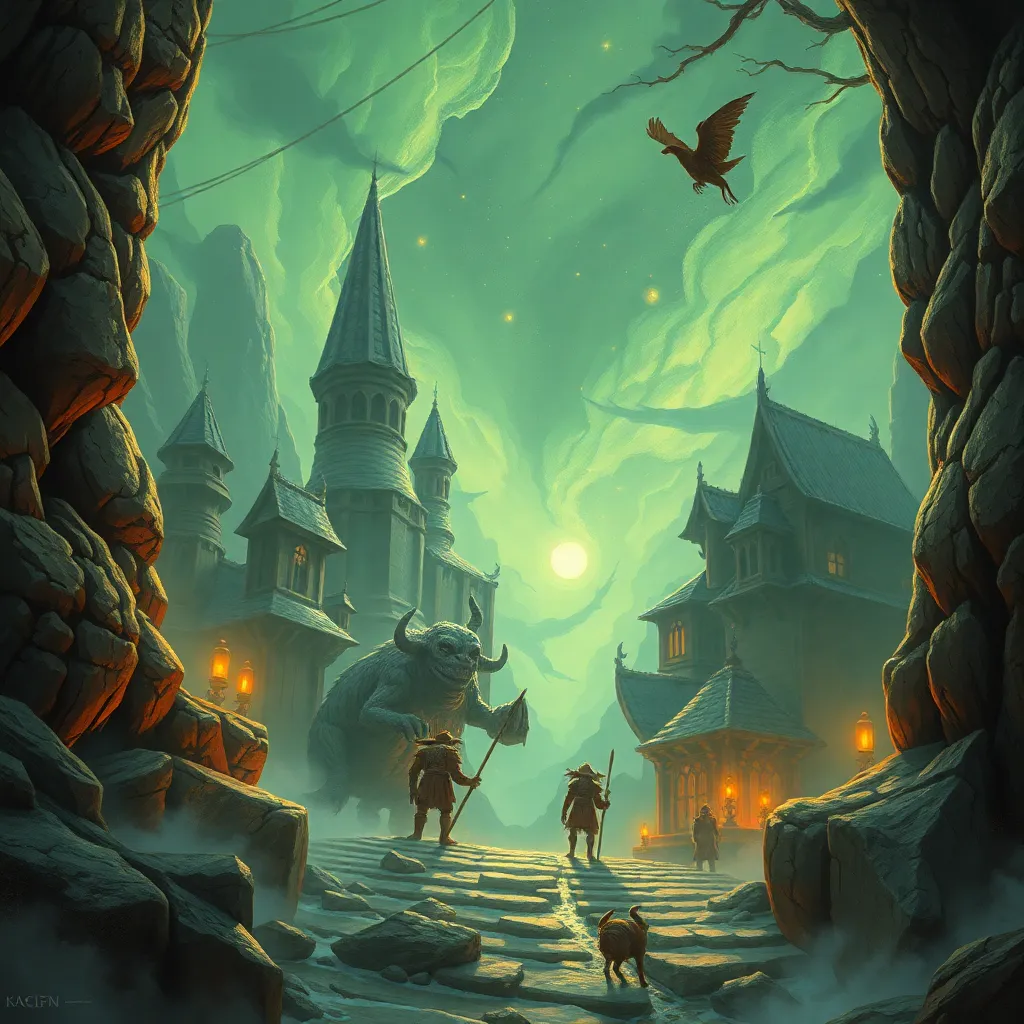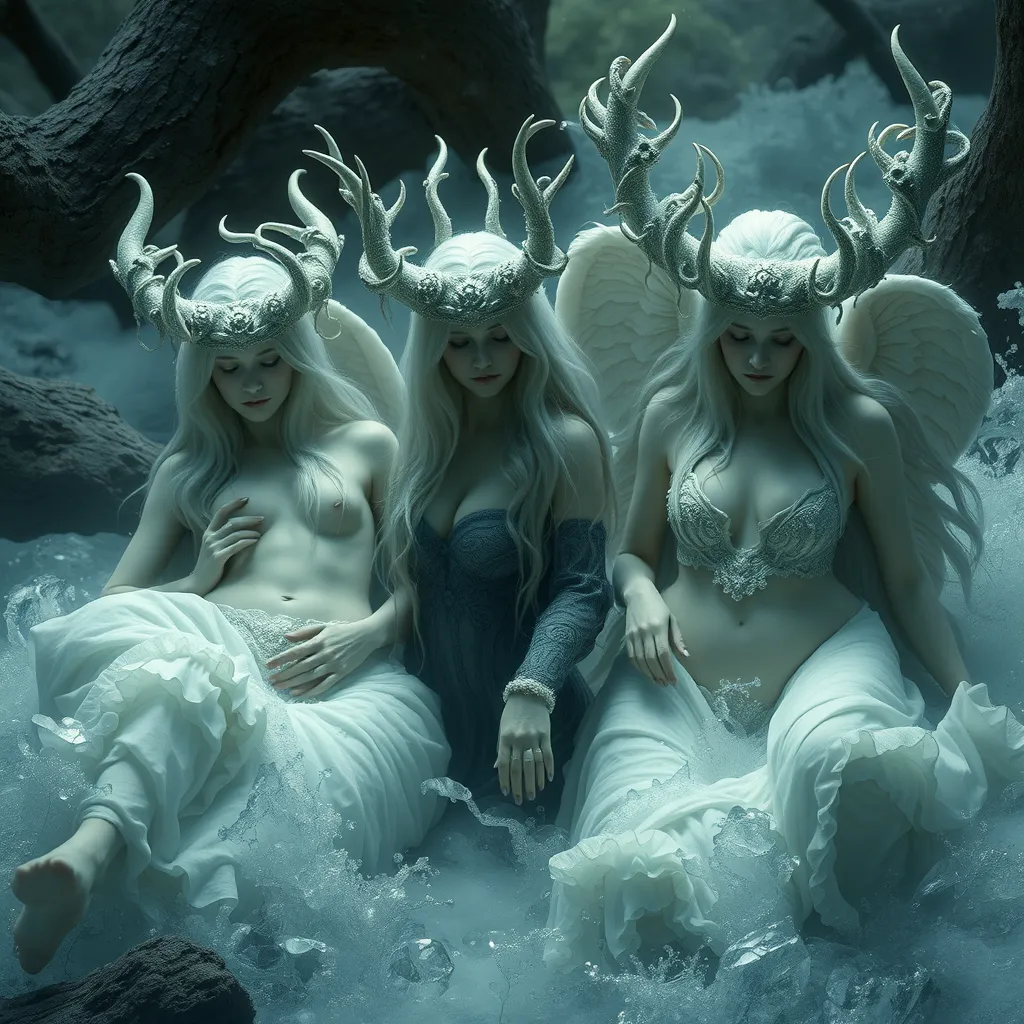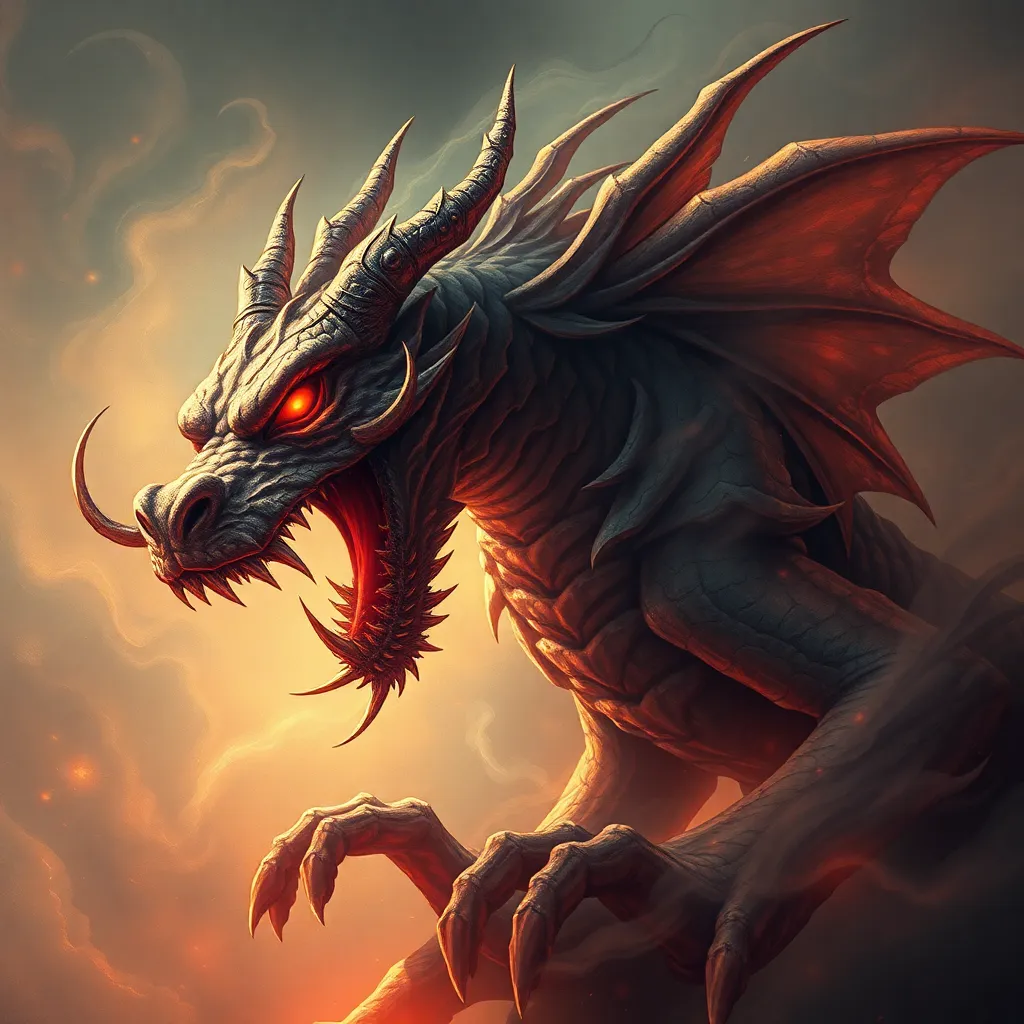The Gremlin’s Domain: Exploring the Geography of Gremlin Legends
I. Introduction to Gremlins
Gremlins are mischievous creatures often associated with causing malfunctions in machinery and technology. Their origins can be traced back to the early 20th century, particularly during World War II, when pilots attributed mechanical issues to these elusive beings. The term “gremlin” is believed to have emerged from British folklore, where these creatures were blamed for various mechanical failures and misfortunes.
In cultural contexts, gremlins serve as a symbol of chaos and unpredictability. They embody the fears and frustrations of technological failures, making them a relevant subject in folklore. This article explores the geographical aspects of gremlin legends, examining how different cultures interpret these creatures and their stories.
II. The Historical Roots of Gremlin Legends
A. Early References in Literature and Media
The concept of gremlins first appeared in literature in the 1920s, with notable mentions in works by writers like Roald Dahl, who humorously described them in his short stories. The term gained popularity in the 1940s, particularly with children’s literature and cartoons, where gremlins were depicted as whimsical yet troublesome beings.
B. World War II and the Gremlin Phenomenon
During World War II, gremlins became a part of military folklore. Pilots reported mysterious mechanical failures and malfunctions, which they attributed to these creatures. This phenomenon was further popularized by the animated short film “Gremlins,” which showcased the playful yet destructive nature of these beings. The wartime context helped cement gremlins in popular culture, linking them to the anxieties of technology and war.
C. Regional Variations in Gremlin Stories
Across different cultures, the stories of gremlins vary significantly. In the British Isles, they are often depicted as small, green creatures with a penchant for mischief. In contrast, American adaptations have reimagined gremlins as more sinister, influenced by the horror genre. Other cultures have their own versions of similar creatures, showcasing the universal themes of mischief and chaos.
III. Mapping the Global Gremlin Phenomena
A. The British Isles: Birthplace of the Gremlin
The British Isles are considered the birthplace of the gremlin myth. Here, gremlins were often linked to aviation and machinery, particularly in the context of the Royal Air Force. Folklore in this region portrays gremlins as both nuisances and protectors, influencing local attitudes toward technology.
B. North America: Adaptations and Modern Interpretations
In North America, gremlins evolved through various media adaptations. The 1984 film “Gremlins” introduced a darker, comedic twist to the legend, leading to a resurgence of interest in these creatures. The film’s portrayal of gremlins as both cute and dangerous has influenced how they are perceived today.
C. Other Notable Regions: Australia, Europe, and Beyond
Gremlins have also made their mark in Australian folklore, where they are often associated with the bush and rural legends. In parts of Europe, similar creatures exist, such as the “Kobold” in Germany or “Tomte” in Scandinavia, each reflecting local cultural nuances while retaining the core attributes of mischief and chaos.
IV. Gremlins and Their Associated Locations
A. Famous Landmarks Linked to Gremlin Lore
Several landmarks around the world have become associated with gremlin legends. For instance:
- The London Eye: Said to be haunted by gremlins that cause malfunctions.
- Mount Everest: Pilots and climbers have reported strange occurrences attributed to gremlins.
- The Boeing Factory: Employees have shared stories of gremlins disrupting production processes.
B. Urban Legends: Gremlins in Cities
In urban settings, gremlins are often linked to stories of malfunctioning public transport or unexplained power outages. Cities like New York and London have urban legends about gremlins causing chaos in subways and airports, adding a layer of mystery to daily life.
C. Rural Myths: Gremlin Tales from the Countryside
In rural areas, gremlins are frequently depicted as tricksters that haunt farms and fields. Farmers tell tales of gremlins tampering with equipment or leading livestock astray, reflecting the challenges of rural life.
V. The Influence of Geography on Gremlin Characteristics
A. How Environment Shapes Gremlin Traits
The characteristics of gremlins are often influenced by their geographical context. For example, gremlins in coastal areas may be portrayed as sea creatures, while those in mountainous regions might be depicted as more elusive and cunning.
B. Climate and Its Relation to Gremlin Behavior
Climate also plays a role in shaping gremlin narratives. In colder climates, gremlins may be associated with winter mischief, while in warmer areas, they might be seen as playful tricksters. Seasonal changes influence how gremlins are perceived and the types of stories told about them.
C. Local Culture’s Impact on Gremlin Narratives
Local cultures significantly impact the narratives surrounding gremlins. For instance, communities with a rich tradition of storytelling often have more elaborate tales, incorporating local customs and beliefs. This cultural lens adds depth to the understanding of gremlins and their behaviors.
VI. Gremlins in Popular Culture and Media
A. Film and Television Representations
Gremlins have been featured in various films and television shows, often portraying them as both comedic and dangerous. The 1984 film “Gremlins” remains one of the most iconic representations, blending horror with humor and influencing countless adaptations.
B. Literature and Art: Gremlins in Creative Works
Gremlins have also found their way into literature and art. They are often depicted in children’s books, serving as cautionary figures or playful characters. Artists have drawn inspiration from gremlins, creating diverse interpretations that reflect contemporary themes.
C. The Role of Social Media in Modern Gremlin Myths
With the rise of social media, gremlin myths have experienced a resurgence. Viral posts and memes have contributed to the modern interpretation of gremlins, often blurring the lines between folklore and contemporary culture. Platforms like TikTok and Instagram have allowed for creative storytelling and the sharing of gremlin-related content.
VII. The Evolution of Gremlin Legends in Contemporary Society
A. The Internet and the Spread of Gremlin Lore
The internet has played a crucial role in the spread of gremlin lore. Online forums and social media platforms have created communities where individuals share their experiences and interpretations of gremlins, leading to a dynamic and evolving narrative.
B. Current Trends and Reinterpretations of Gremlins
Today, gremlins are often reinterpreted to fit modern themes, such as technology’s impact on society or environmental concerns. Creators explore how these mythical beings can symbolize current issues, reflecting the changing landscape of folklore.
C. The Future of Gremlin Legends in a Globalized World
As cultures continue to blend and globalize, the future of gremlin legends will likely be shaped by cross-cultural influences. New interpretations may emerge, incorporating diverse perspectives and experiences, ensuring that the allure of gremlins endures.
VIII. Conclusion: The Enduring Allure of Gremlins
A. Summary of Key Findings
This exploration of gremlin legends reveals their rich geographical and cultural significance. From their origins in British folklore to their adaptations in modern media, gremlins continue to captivate audiences worldwide.
B. The Importance of Place in Myth-Making
The geographical context plays a vital role in shaping the narratives surrounding gremlins. The environment, climate, and local culture all contribute to how these creatures are perceived and represented in folklore.
C. Final Thoughts on the Gremlin’s Place in Modern Folklore
As we move forward, the gremlin remains a potent symbol of chaos and unpredictability. Their stories, rooted in history and adapted through culture, ensure that they will continue to intrigue and inspire future generations, making them an enduring element of modern folklore.




